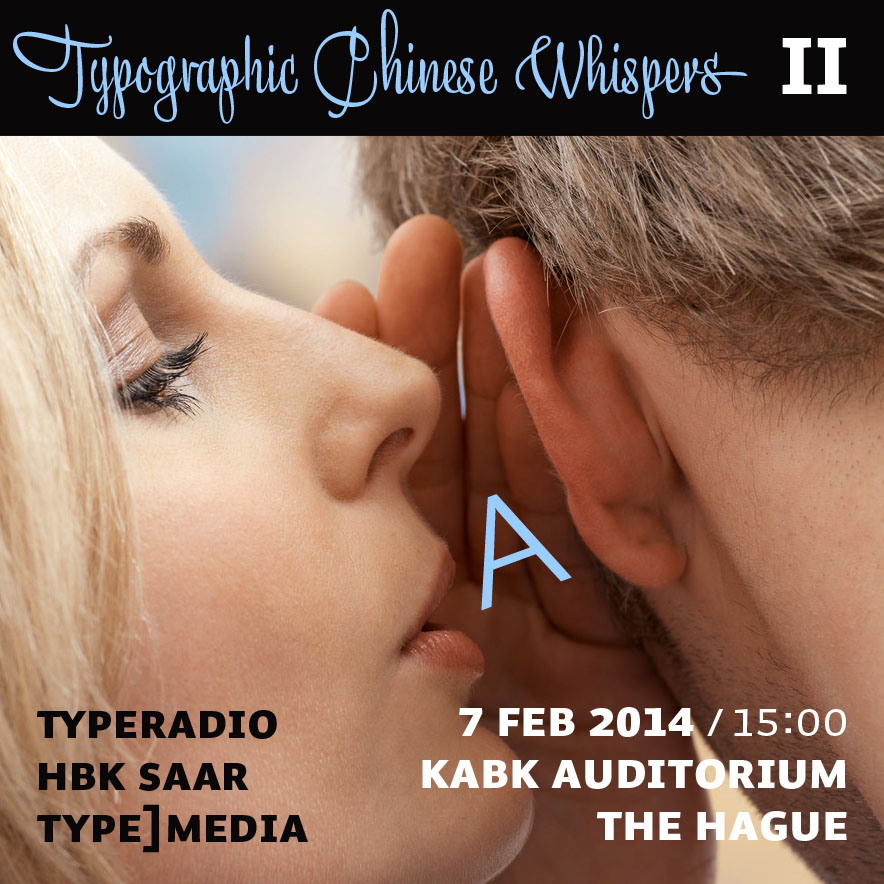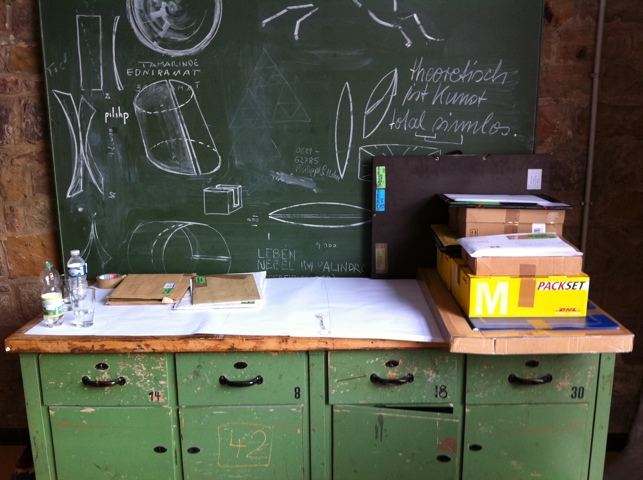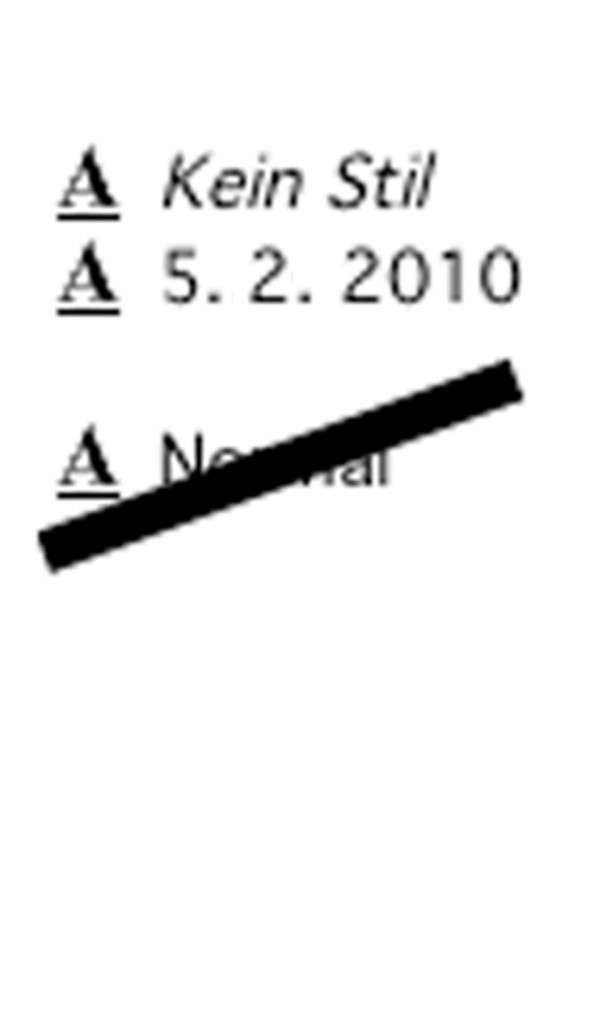Students and font licenses
Below, a comment from a Typedrawers discussion from last year that sparked my list of educational discounts for fonts. Recently, a friend who will take a new teaching position in the fall, asked my advice about classroom licenses and purchasing font collections, so perhaps this note is of help to more people here, too.
I teach undergraduate and graduate students and I am very sure all of them but maybe the very beginners have/horde collections of (free) fonts I don’t want to know how and where they got them from. But I am totally to blame for that, too, at least in parts. Because I want them to practise choosing (the right) typefaces as much as possible, and to look beyond the tellerrand of fonts that come with the OS or Adobe applications. (These are actually almost banned by me). We have quite a big collection of classic typefaces (Font Folio and URW) and some hand full of newer typefaces, but I also want them to learn how to research what type foundries and offerings are out there, what fonts cost, how they can find the right typeface for their design (not one for the whole group), and also how to test these typefaces and make mockups without having the font files. Some developed really impressive skills in photoshopping MyFonts gifs and hacking FontShops rendering engine for their copy.
I like your idea [Silas Dilworth’s in the orginal message] of assigning a collection of fonts, and especially the class-room-multi-user idea (if I understood it correctly). But at the end of the day it all boils down to art schools without tuition fee, like in Germany, don’t have the funds to buy font licenses on a regular basis. The problem is not so much to get a license for 1–5 computers but to estimate and oversee bulk licenses, and come up with the budget for it. The students are usually using their own laptops in school. We for instance don’t have any school workstations or computer pools anymore where I would install the fonts. How many seats do I have to get with a changing number of students between 4 and 30? Are the foundries OK with the students installing them on their private computes, not the school machines? We don’t have a bookstore and our school is very small. Nobody wants to do the extra admin work, even I am not keen on that although I would do everything I possibly can to mediate in this matter.
Of course, students buy paper, computers, pencils and books for school, too, but only rarely are they willing to pay for font licenses for school assignments (some older students are starting to, though, my graduands did for their own final projects for instance). They want to try out the fonts before they buy, and I can understand that. It is only reasonably experienced designers who can judge a typeface by its specimen and imaging how it will behave in their real life environment, in their given language, before buying the cat in the bag. Stephen started this thread of foundry discounts on here, that is very helpful and I passed this on to the students. But honestly – they are not really helped with 10% off, they’d need at least 50% off to convince them. And then you have the problem again of what happens when they graduate. Are they to keep the license forever they paid at a student rate? Webfonts with trial licenses are at an advantage here, and I guess that all font-serving technologies could implement a testing-deal for matriculated students quite easily. Less so the small independent foundries I especially want the students to get to know of.
The best I seem to can do at the moment is emphasize and repeat every single day that it may be OK to show me this design idea with this font in class, but whenever they do something for the outside world or get paid for a design, they absolutely have to have their own license for the fonts they use. And I tell them how I obtained my collection of typefaces: by whenever I was asked to do something for a friend, family member or NGO for free (which was plenty), I said I would agree to go without payment but they have to pay for the font license. That always worked (and now I have quite a collection of script fonts :/ ).


 *
*

